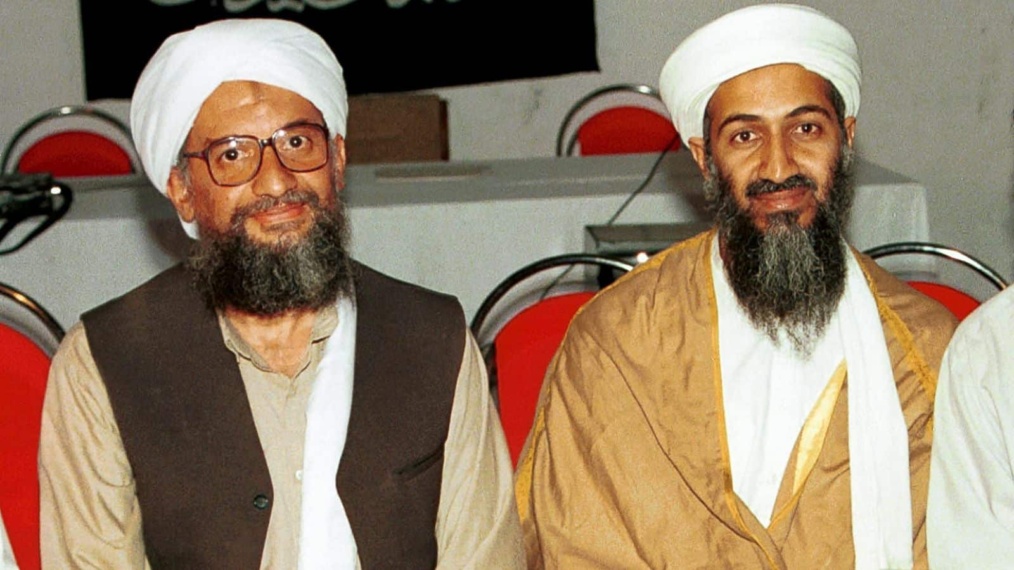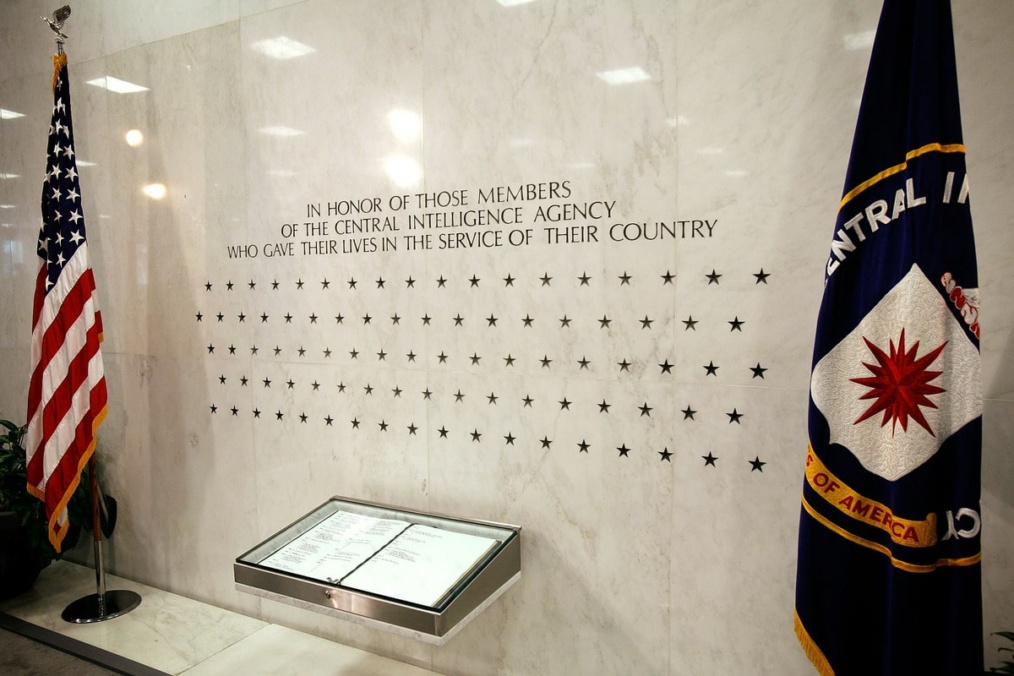After months of meticulous planning and geographic calculations, President Joe Biden announced that the US had assassinated al-Qaeda commander Ayman al-Zawahiri, also known as Al-Qaeda number 2 in Osama Bin Laden’s leadership, in a drone strike in Afghanistan. Al-Zawahiri, together with the attackers of 9/11, were then labelled as the most wanted after the tragedy back in 2001.
He was assassinated on Sunday during a CIA counterterrorism operation in Kabul, the capital of Afghanistan. The strike was finally called off at 9:48 p.m. ET (0148 GMT) on July 30 by an unmanned aerial strike launching alleged “hellfire” missiles.
The drone reportedly fired two missiles at Zawahiri as he was on the balcony of a safe house, according to officials. Other members of the family were nearby, but they were unharmed, and they added that Zawahiri was the only victim of the incident. “Now justice has been delivered and this terrorist leader is no more,” Joe Biden added.
A senior administration official told reporters that Zawahiri had been in hiding for years and had not been traced easily due to his remote activities, obviously trying to live his life in the shadows, as the CIA had been eyeing him in the areas of Pakistan and Afghanistan. The operation to locate and kill him was the result of “careful, patient, and persistent” work by the counter-terrorism and intelligence community.
CIA’s Effort to Trace Zawahiri
The United States government had been cognizant of a network that it believed backed Zawahiri for a number of years, and for the last year, following the withdrawal of American forces from Afghanistan, officials had been on the lookout for signs of Al Qaeda’s presence in that nation.
CIA officials discovered this year that Zawahiri’s family—his wife, his daughter, and her children—had moved to a secure home in Kabul and later traced Zawahiri there.
In early April, intelligence officers began alerting senior government officials after emerging more certain over several months that they had accurately identified Zawahiri inside the Kabul safe house. President Joe Biden was subsequently briefed by National Security Advisor Jake Sullivan.
The official said that to guarantee that the United States could cogently carry out an operation to kill Zawahiri without impeding the structural integrity of the building and with the least amount of risk to bystanders and Zawahiri’s family, officials probed the construction and condition of the safe house and closely examined its inhabitants. They have also discussed the potential legal repercussions of this strike, particularly given that it will take place in Afghanistan.
The administration also made sure that the severity of the attacks on civilians was kept to a minimum, if not none. Finally, the attack took place on July 30 and killed Zawahiri.
The Taliban Condemns the Drone Strike
According to a statement from the Taliban’s spokesman, Zabihullah Mujahid, the incident happened on Sunday. The ruling Islamist radicals severely criticized it as a violation of “international values” and the 2020 agreement on the withdrawal of U.S. troops.
However, US officials insisted that the operation was legal nevertheless because the killing of Zawahiri comes nearly a year after US troops completed their withdrawal from Afghanistan on the orders of Mr. Biden, bringing an end to a 20-year military presence there.
The Taliban vowed not to permit al-Qaeda or any other extremist group to operate in regions they control as part of a 2020 peace agreement with the US, but the US believes that the Taliban knew all along about Zawahiri’s presence and they have provided shelter. From there, the violation of the Taliban’s peace agreement with the US has been visibly infringed.
Netizens’ Reaction to the US air strike
Many reactions surfaced after the announcement by Biden on the killing of Zawahiri. People have been debating whether the US should no longer intervene in Afghanistan after the withdrawal of US troops because it risks more indiscriminate killings and human rights violations. It seems that other people have also been comparing the US’ proactive efforts to counter terrorism in vulnerable states and yet no actions were taken against Russia; some have remarked that the issue is long overdue and the US has double standards on so-called justice.
Moreover, Canada’s Prime Minister expressed his support for the counterterrorism effort, saying: “The death of Ayman al-Zawahiri is a step toward a safer world. Canada will keep working with our global partners to counter terrorist threats, promote peace and security, and keep people here at home and around the world safe.” Furthermore, we should never underestimate the officers who have gone above and beyond their mission to eliminate the threat not only in America, but globally.
Kristian Rivera, Counter-Terrorism Research Fellow


